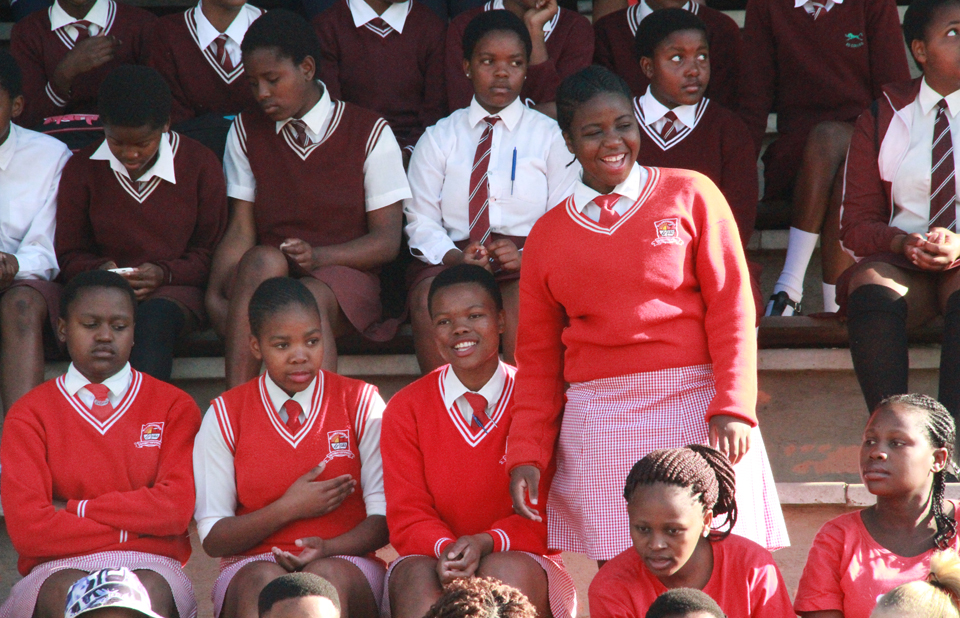Family planning programs still tend to focus on married women, leaving adolescent girls without access to contraceptives
At 1.8 billion, the world’s youth population is at an all-time high. Many are young women and girls who are sexually active and want to prevent pregnancy, stay healthy, and plan their futures.
Yet information and services about contraception remain out of reach. Without that access, these girls are more likely to drop out of or be expelled from school, and they are more susceptible to unwanted pregnancy, unsafe abortion, early and forced marriage, and sexually transmitted infections including HIV.
On July 11, leading global health experts, policymakers, and advocates will gather in London for the Family Planning Summit, to renew international efforts to expand contraceptive access and to track progress of existing commitments.
Five years ago, at the first such Summit, participants established a partnership, FP2020, and set an ambitious but achievable goal of reaching 120 million women and girls with contraceptives by 2020.
While some advances have been made, the international community is not on track to meet this objective. By 2016, there were 30.2 million additional women and girls in developing countries using modern contraceptive methods, but this is more than 19 million short of the pace needed to reach 120 million.
We know that demand is not the problem: 214 million women of reproductive age in developing countries have an unmet need for contraception. If the international community is serious about achieving its goal, it must rethink its strategy.
Progress has been limited for three main reasons. First, family planning programs still tend to focus on married women, leaving adolescent girls without access to contraceptives. In many countries, sexual activity before or outside of marriage is scorned, and as a result, sexual and reproductive health information and services for young people are limited.
The impact is clear: according to the Guttmacher Institute, approximately half of pregnancies among adolescents aged 15-19 living in developing regions are unintended, and more than half of these end in abortion, often under unsafe conditions.

Second, several of the initiatives launched under FP2020 concentrated on improving the supply of contraceptives, but neglected the other barriers to care that must be addressed. These include poor or nonexistent sexuality and reproductive health education, the judgmental and negative attitudes of health care staff, and harmful social and gender norms.
I saw this firsthand when I visited some of our grantee partners in South Africa and spoke to young people. Girls who aren’t married report that they are shamed and insulted when they come in to clinics to ask about contraceptives.
Girls who become pregnant are stigmatized. As one of our partners, Dr. Tlaleng Mofokeng, has noted: “Young women are told to keep their legs closed, stay in school, use birth control… Yet when they ask for services such as contraceptives and abortions, they are criticized.” Married women also face obstacles: health care staff often insist on a husband’s permission before dispensing contraception, even when the law does not require this.

